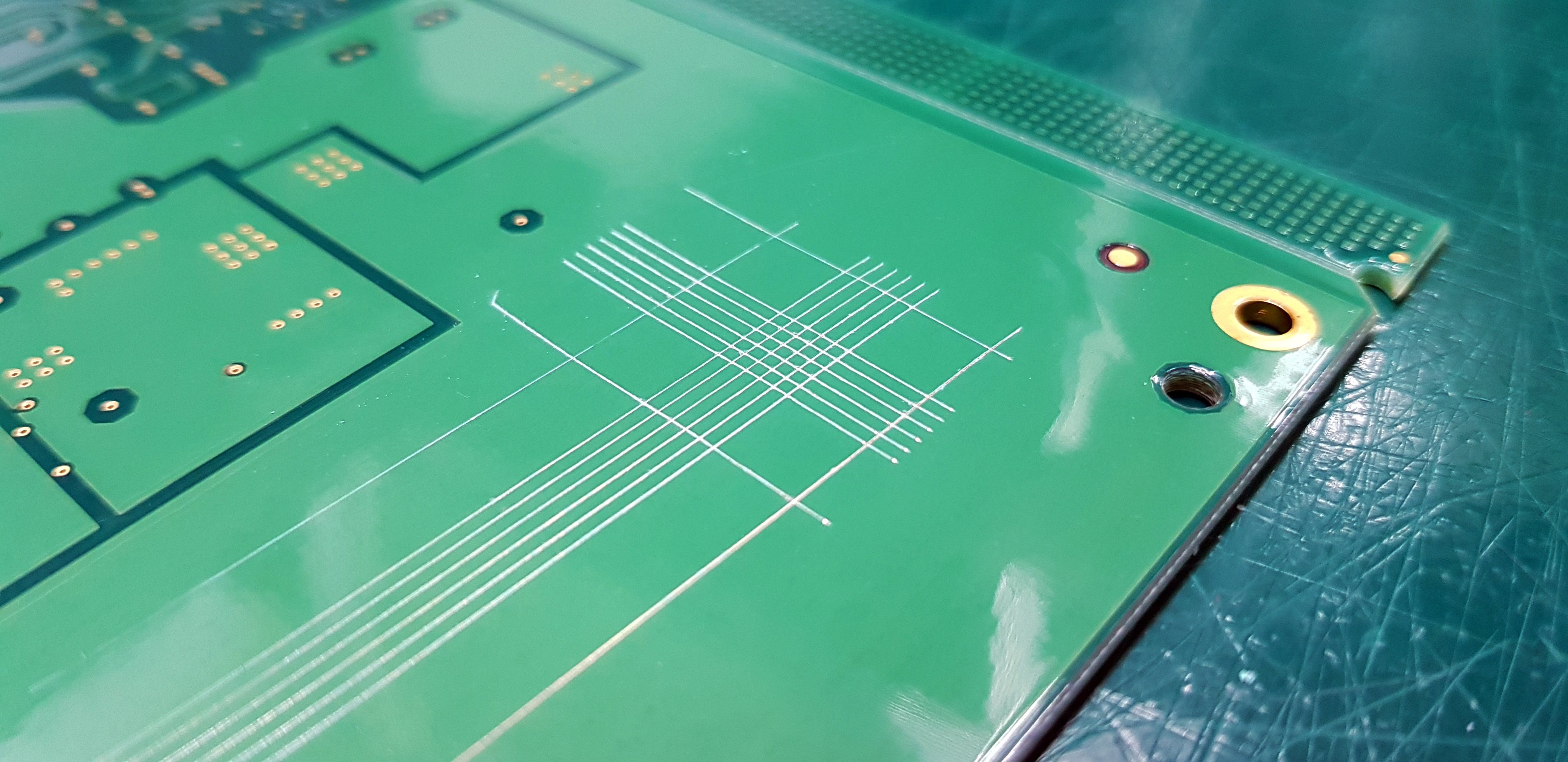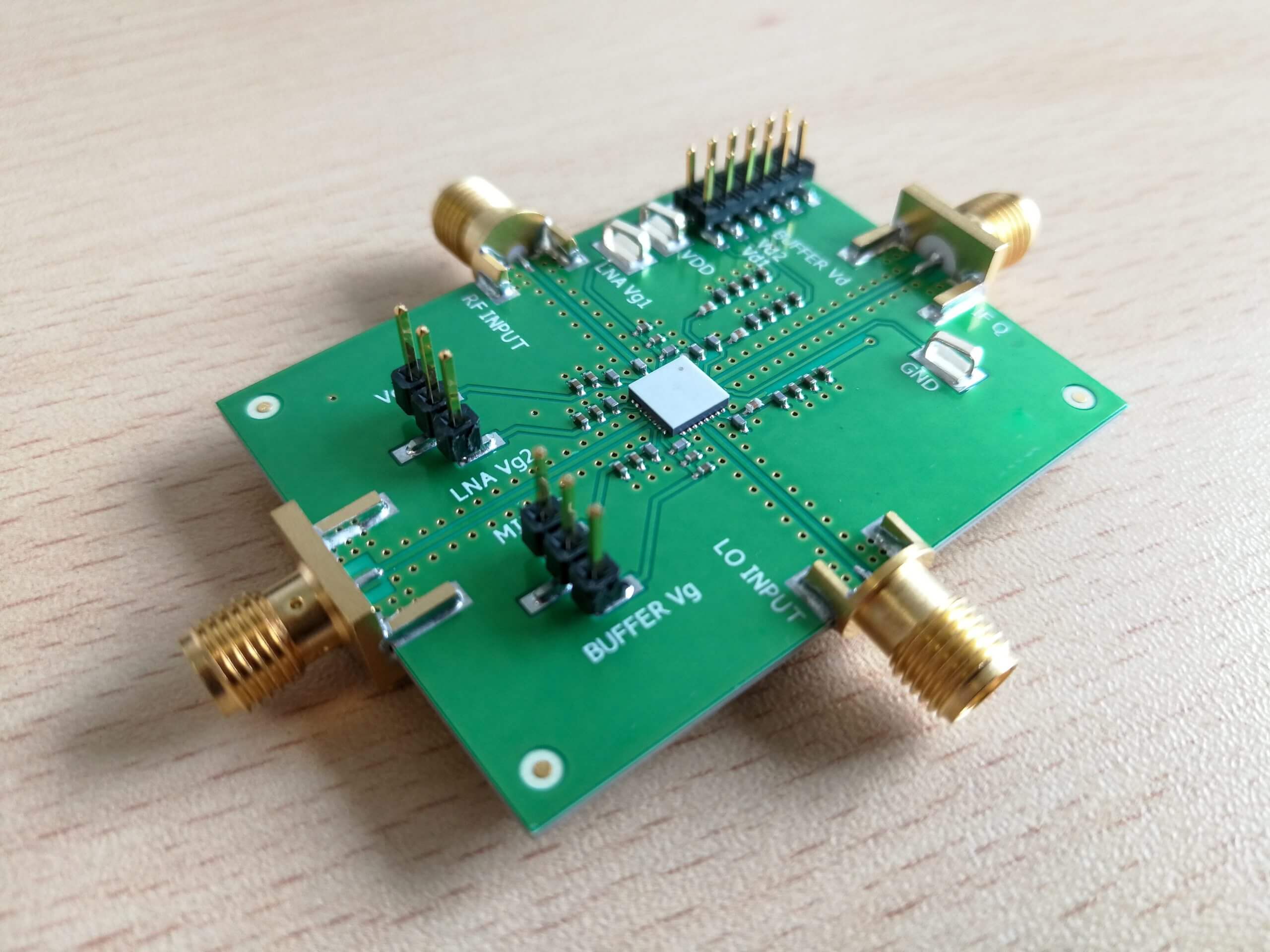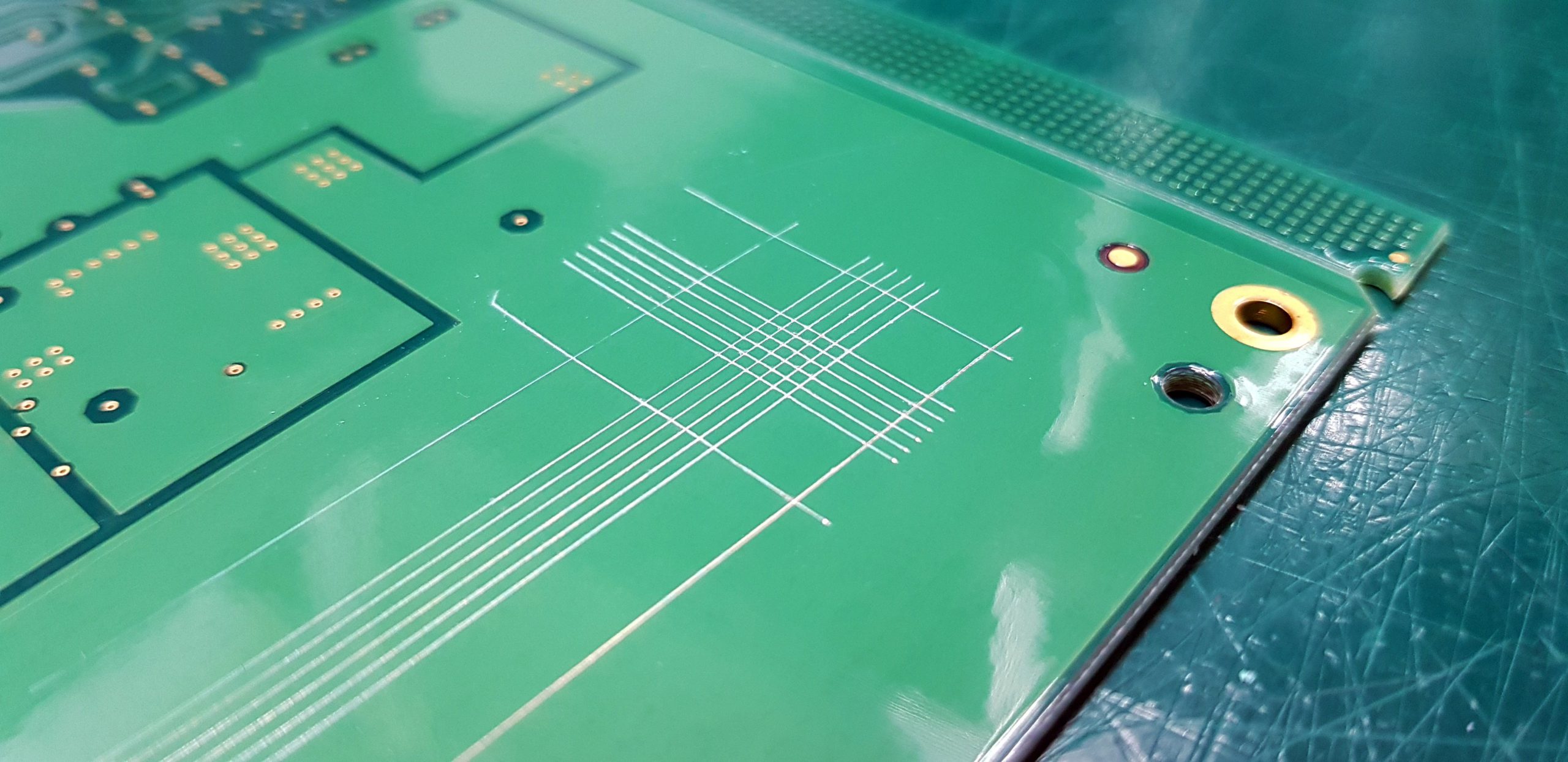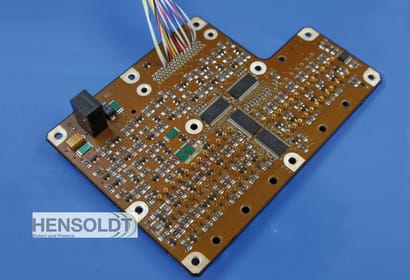
Mar 3, 2020
Low-K vs. High-K Dielectric PCB Substrate Materials

Ziv Cohen
Application Manager, Nano Dimension
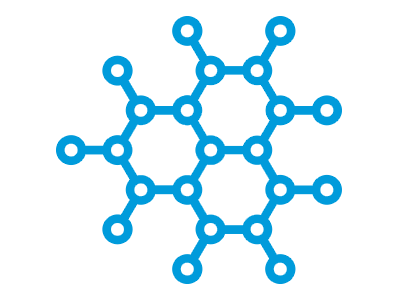 Your PCB substrate materials are a major determinant of many aspects of performance. In any real operating environment, you’ll need to make several compromises to ensure your next board operates as intended. The PCB substrate materials industry has spent a significant amount of time engineering PCB core and laminate materials with a variety of material properties, weave styles, bonding resin content, and dielectric properties. Anyone designing on a standard PCB substrate will have plenty of laminate and core material options for use in their next board.
Your PCB substrate materials are a major determinant of many aspects of performance. In any real operating environment, you’ll need to make several compromises to ensure your next board operates as intended. The PCB substrate materials industry has spent a significant amount of time engineering PCB core and laminate materials with a variety of material properties, weave styles, bonding resin content, and dielectric properties. Anyone designing on a standard PCB substrate will have plenty of laminate and core material options for use in their next board.
Perhaps more than any other material property, the dielectric constant of PCB substrate materials receives significant focus for its influence on signal integrity and power integrity. Within this debate, there is often a comparison of low-k vs. high-k dielectric laminates for use as PCB substrate materials. The range of available materials for advanced applications is expanding, and many specialized materials are becoming available thanks to 3D printing. Let’s look at a thorough comparison of low-k vs. high-k PCB substrate materials.
Should you use low-k vs. high-k dielectric materials?
Comparing Low-K vs. High-K Dielectric Substrates
Many designers that work in the high-frequency or high-speed design domains generally recommend using a dielectric with a lower Dk value. It is true that low-k PCB substrate materials offer many signal integrity advantages, which lead many designers to recommend using these materials outright. Although many designers recommend opting for low-k dielectric substrates, these materials come with certain advantages and disadvantages. Some important advantages and disadvantages of low-k dielectric materials are shown in the table below.
|
Performance Area |
Low-K Advantage |
Low-K Disadvantage |
|
Propagation delay and skew |
Faster signal propagation means longer transmission line critical length. |
Smaller length mismatch tolerance. |
|
Signal distortion |
Lower loss tangent. |
Varies based on dispersion. |
|
Power integrity |
Faster recovery from ground bounce. |
Smaller spacing between power and ground layers required for decoupling. |
|
Impedance control |
Allows smaller distance to ground plane, which reduces loop inductance. |
If smaller trace-plane distance is used, it requires thinner traces to ensure impedance control. |
|
Differential signaling |
Reduces timing jitter due to weaker capacitive coupling. |
Reduces common-mode noise immunity due to weaker coupling. |
|
Crosstalk |
Lower capacitive crosstalk allows denser routing. |
If denser routing is used, inductive crosstalk is stronger. |
As can be seen above, low-k dielectric materials provide certain advantages in terms of signal integrity. However, using these materials in PCBs requiring extremely precise routing means making some slight design changes to overcome their disadvantages.
Perhaps the most important disadvantage for power integrity is the level of required decoupling between power and ground planes, as the use of a low-k material lowers interplane capacitance and increases PDN impedance. Overcoming this disadvantage requires placing ground and power planes closer together. This may not be feasible when working with standard planar PCB laminates because the layer thickness is constrained by the core and prepreg thicknesses.
Dispersion in PCB Substrate Materials
There is one factor that is always questionable when choosing between low-k vs. high-k dielectric materials: dispersion in the dielectric constant. This characteristic of any material refers to the variation in dielectric constant and absorption constant with signal frequency.
Because signal propagation speed is inversely proportional to the dielectric constant, variations in Dk within the signal bandwidth cause different frequency components in a signal to travel with different velocities. Similarly, variations in absorption constant within the signal bandwidth cause different frequency components to experience different levels of attenuation.
Broadband measurements of dispersion in PCB substrate materials are notoriously difficult due to the inhomogeneous, anisotropic nature of these materials. This causes the measured Dk and absorption constant values to vary significantly, depending heavily on the measurement technique. In addition to difficulties in measurement, these properties are strong determinants of signal distortion in PCB interconnects.
In long interconnects, dispersion causes modulated analog signals and high-speed digital signals to experience significant attenuation during propagation. Because different frequency components are traveling at different velocities on an interconnect, the signal will stretch during propagation, regardless of whether dispersion is positive or negative.
The problems with measurement, signal distortion, and modeling motivate the use of a new class of low-k PCB substrate materials. This is where 3D printing systems and the unique materials they use offer a potential solution for use in advanced RF and ultra-high-speed digital devices.
Dispersion in this laminated board can cause significant distortion in broad bandwidth signals.
Expand Your Range of PCB Substrate Materials with 3D Printing
3D printing systems make use of an array of alternative materials for PCB fabrication, including low-k and high-k polymers as PCB substrate materials. These materials provide significant advantages over standard PCB laminates. First, they do not suffer from fiber weave effects, which prevents particular EMI problems and unpredictable skew problems when working in the GHz range. This is a known problem at mmWave frequencies, which is typically solved by opting for planar substrates with a tighter weave pattern.
Second, polymers are currently used as substrate materials in the best performing 3D-printed PCBs. The dielectric properties of polymers can be tuned through doping, curing, blending, and functionalization. As the range of available materials continues expanding, materials engineers will have more options available for tuning material parameters to meet their particular design applications. Inkjet 3D printing systems are ideal for working with a range of low-temperature-processable polymer suspensions.
There are other advantages provided by 3D printing systems for PCB manufacturing. These systems can be used to fabricate boards with any geometry or interconnect architecture in a layer-by-layer deposition process. The fabrication costs and time are highly predictable as they only depend on the weight of the material being printed, rather than the complexity of the finished PCB. This makes these systems ideal for ultra-rapid prototyping of highly advanced PCBs, as well as immediately scaling to high mix, low volume production.
The DragonFly LDM inkjet additive manufacturing system from Nano Dimension offers two unique dielectric PCB substrate materials for the production of complex additively manufactured (AMEs) in-house. These two dielectric ink materials come in high-k and low-k variants, and they offer much lower losses at GHz frequencies compared to most planar PCB laminates. If you’re interested in learning more about using additive manufacturing for complex AME production, read a case study or contact us today to learn more about the DragonFly LDM system.

Ziv Cohen
Application Manager, Nano Dimension
Ziv Cohen has both an MBA and a bachelor’s degree in physics and engineering from Ben Gurion University, as well as more than 20 years of experience in increasingly responsible roles within R&D. In his latest position, he was part of Mantis Vision team—offering advanced 3D Content Capture and Sharing technologies for 3D platforms. The experience that he brings with him is extensive and varied in fields such as satellites, 3D, electronic engineering, and cellular communications. As our Application Manager, he’ll be ensuring the objectives of our customers and creating new technology to prototype and manufacture your PCBs.
You might also be interested in
Stay Updated
Be informed of the future of additive manufacturing &
3D printed electronics
